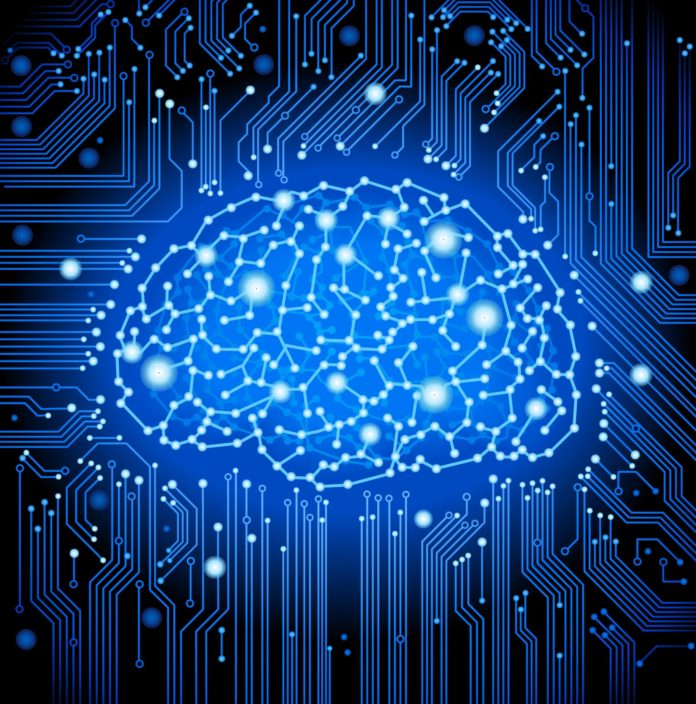The need for distributed intelligence
Advancements in artificial intelligence (A.I.) and machine learning have taken the cloud to new heights over the past few years. Despite this progress, however, one vexing problem remains: mobile apps with A.I. and machine learning algorithms tend to have higher latency. This is because they require a vast amount of data and computing power provided by either the cloud or an aloof data center. Consequently, there has been a growing need to enable distributed intelligence with edge devices.
A.I., machine learning and multi-access edge computing (MEC)
Before proceeding, it would be well-advised to clarify terms, especially A.I. and machine learning, which are often conflated. Broadly speaking, A.I. is an initiative to enable computers to mimic human capabilities like reasoning, problem solving, perceiving and understanding language. Machine learning is a branch of this field, which involves training an algorithm to learn and make predictions from data it is fed. MEC, on the other hand, involves moving processing tasks closer to a mobile device by situating an edge server between it and the cloud.
Blockchain
One way to decentralize intelligence is to develop a network based upon blockchain technology, a software that powers a database for verifying online transactions. Using blockchain, users can forward bundles of records, called blocks, in a distributed, decentralized way. It is thought blockchain technology could be used to allocate compute resources, in addition to running and training A.I. on mobile devices.
Processor chips
Additionally, A.I. processor chips can help combat the lack of distributed intelligence. Arm, for example, recently announced a new processor platform, called Project Trillium, specifically targeted at the mobile industry. The platform includes two new processors, the Arm Machine Learning (ML) and Object Detection (OD) processors, which the company said will enable trillions of machine learning operations per second on mobile devices. While still a budding market, major tech companies like Amazon, Google, Qualcomm and a whirlwind of startups are developing their own A.I. chips.
Advanced algorithms
Another way to bridge the gap between A.I. and the edge is to develop algorithms that can learn with less data. Image-recognition algorithms, for example, often require reviewing millions of images, instead of just one, in order to identify a person or object. A.I. company Geometric Intelligence, which was acquired by Uber, has reportedly made progress in this area. Its XProp software, for example, “requires significantly fewer examples than the dominant form of machine learning software, known as deep learning, to learn a new visual task,” according to Geometric Intelligence CEO Gary Marcus in MIT Technology Review.

